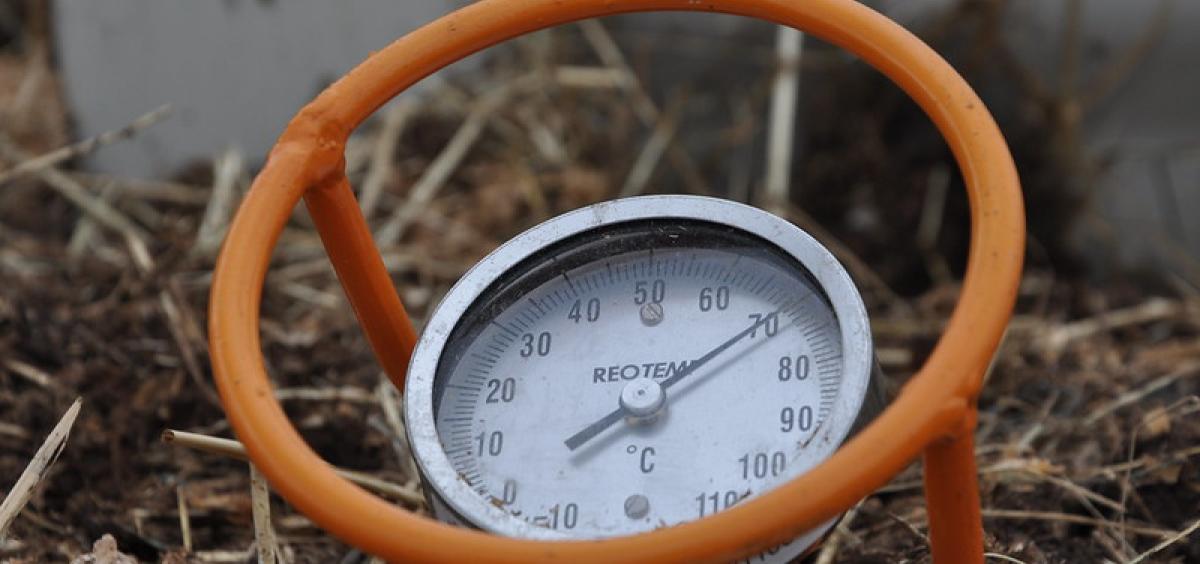
CORVALLIS, Ore. – Weeks of cold temperatures and rain have unsettled the gardening season. You may be raring to get your garden, but sowing seed or planting seedlings at the wrong time will bring nothing but heartache.
“One of the biggest mistakes people make is to plant too early,” said Weston Miller, a former horticulturist with the Oregon State University Extension Service. “They get excited when it’s sunny for a few days, put plants in the ground and think they will grow. But the seeds either rot from damping off fungus or germinate very slowly. At the very least, they’ll be stressed for the rest of the season and never catch up.”
Right about now in the Willamette Valley is usually when you can get away with planting cool-season vegetables like peas, arugula, mustard, radish and turnip in prepared planting beds. Also, carrots, beets, scallions, chives, parsley and cutting greens that are easy to grow from seed; or plant already started transplants of kale, head lettuce, chard, leeks and onions.
This year, however, paying attention to soil temperature is the best way to go. An inexpensive soil thermometer helps keep planting time in perspective.
“Fifty degrees is a good benchmark for cool-season crops,” Weston said. “And the soil should be 60 degrees or more for warm-weather plants like tomatoes, peppers and basil. In fact, for tomatoes it should ideally be 65 to 70.”
If you can’t resist the urge to plant warm-season vegetables before the soil warms sufficiently, Miller recommends using some sort of protection from the chill like floating row cover, individual glass or plastic cloches or even milk jugs or soda bottles with the top cut out and turned upside down over plants. For directions on building a large, greenhouse-type cloche with PVC pipe and plastic, check out the OSU Extension guide on “How to Build Your Own Raised Bed Cloche.”
“Gardening depends on the weather, which is unpredictable,” Miller said. “But it pays to wait.”
You’ll find more information about vegetable gardening, including schedules for planting 45 vegetables in all regions of Oregon, in the comprehensive Extension publication called “Growing Your Own.” You’ll also find information on how far apart to space plants and how much to grow for a family of four.
Weston Miller’s top five tips for a successful vegetable garden:
About the OSU Extension Service: The Oregon State University Extension Service shares research-based knowledge with people and communities in Oregon’s 36 counties. OSU Extension addresses issues that matter to urban and rural Oregonians. OSU Extension’s partnerships and programs contribute to a healthy, prosperous and sustainable future for Oregon.
Kym Pokorny, 541-737-3380, [email protected]
Click photos to see a full-size version. Right click and save image to download.